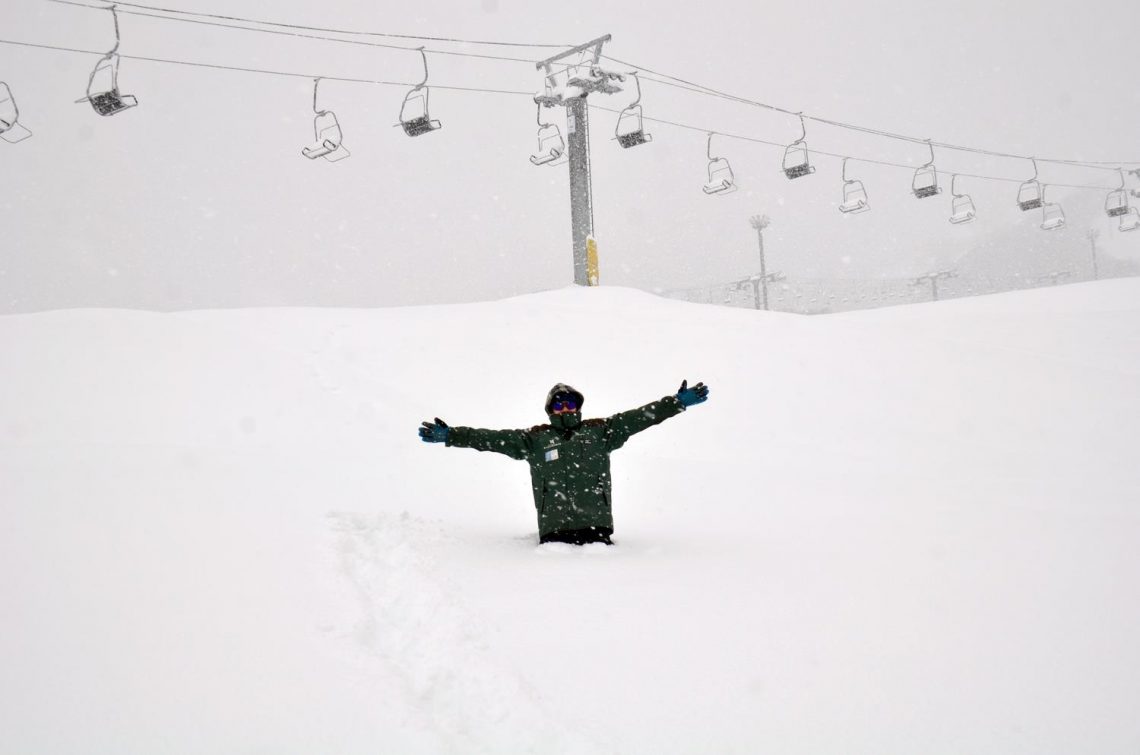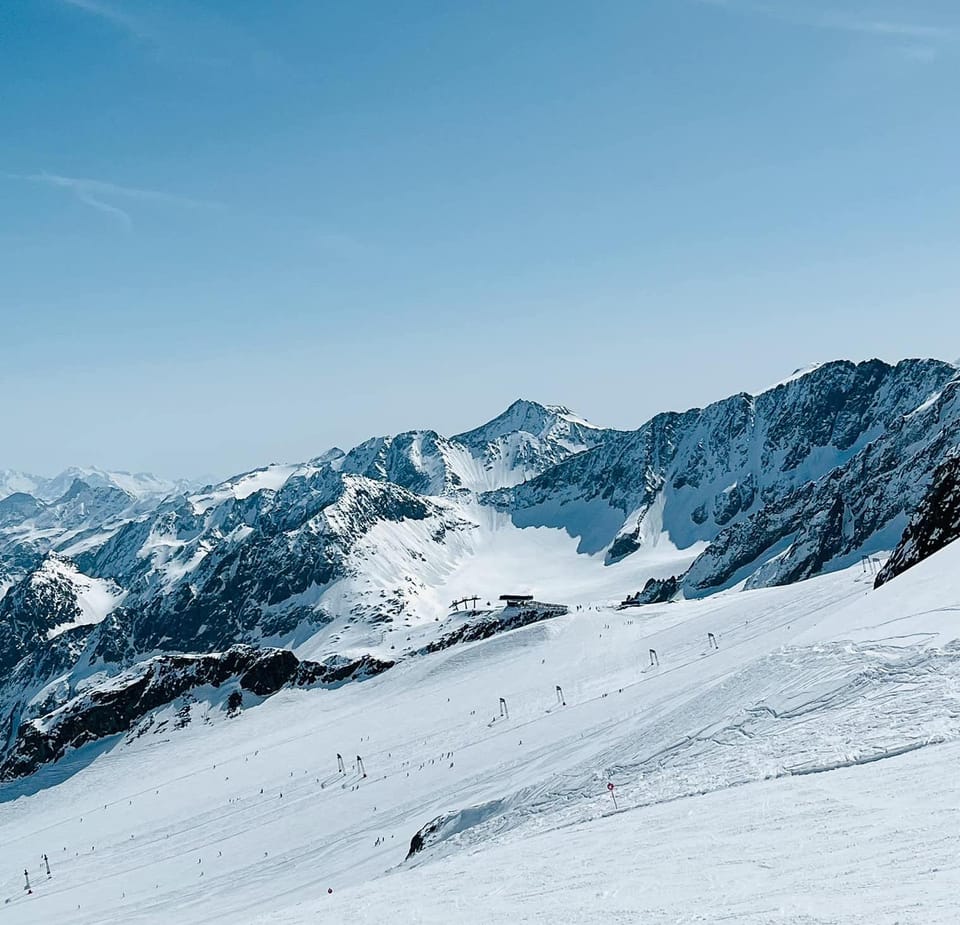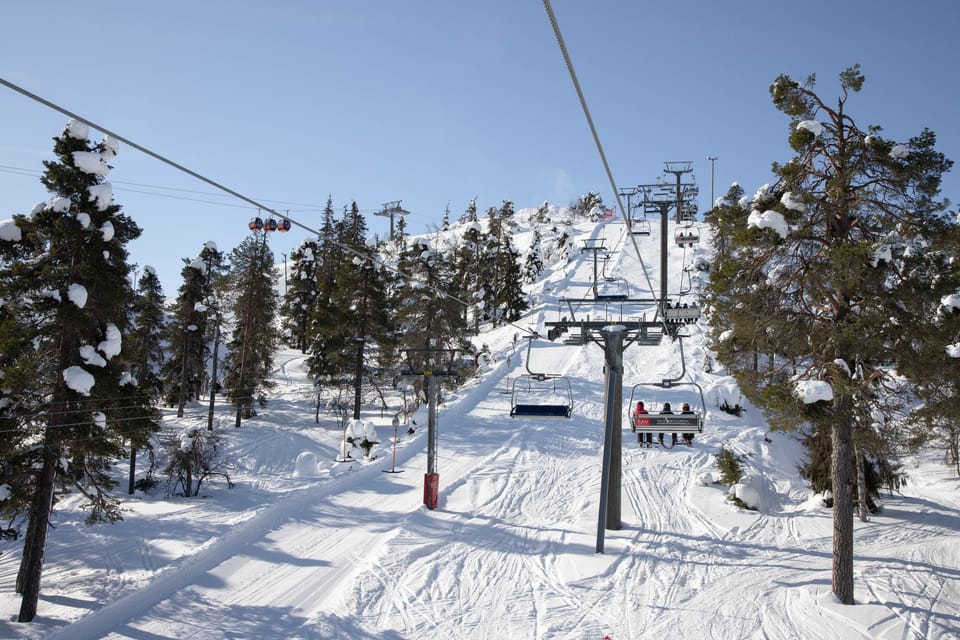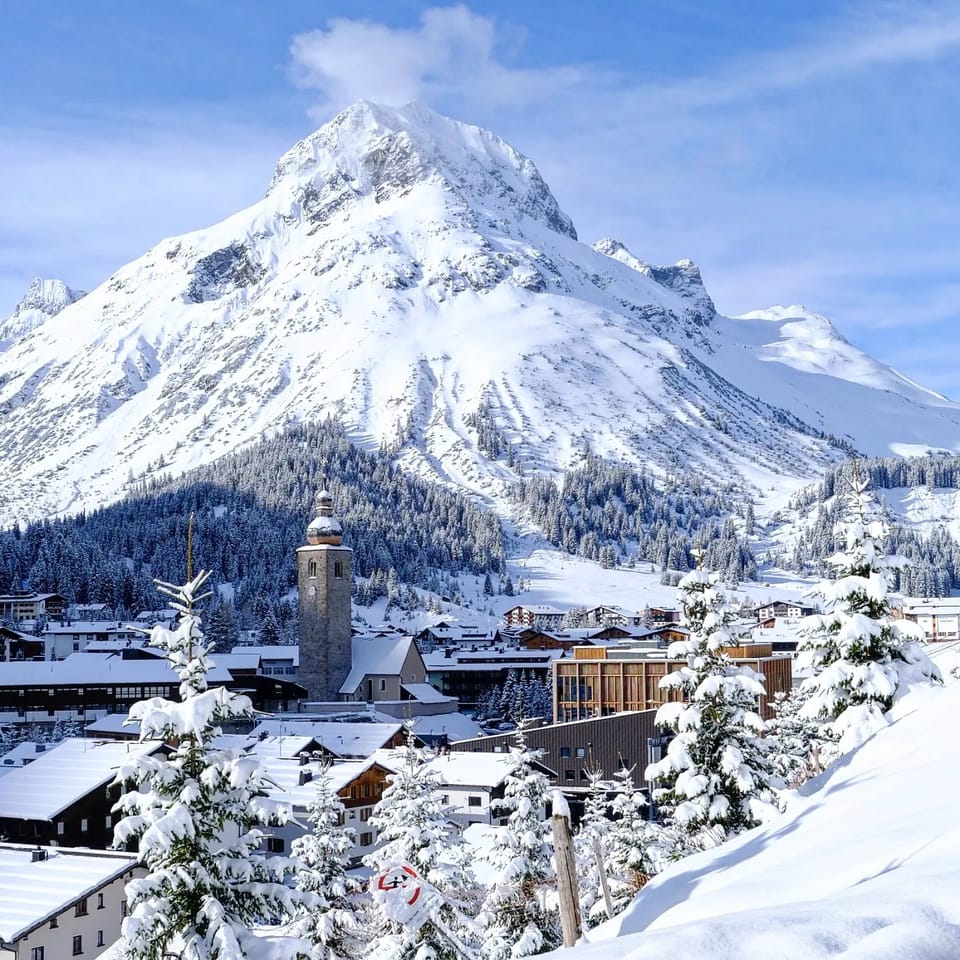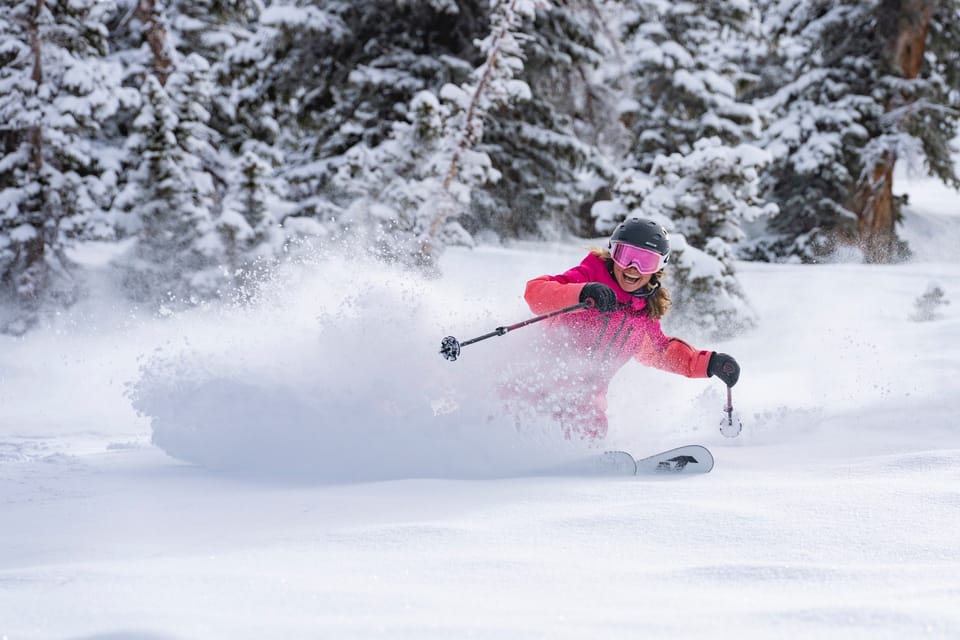2017-18 Season Snowfall Review
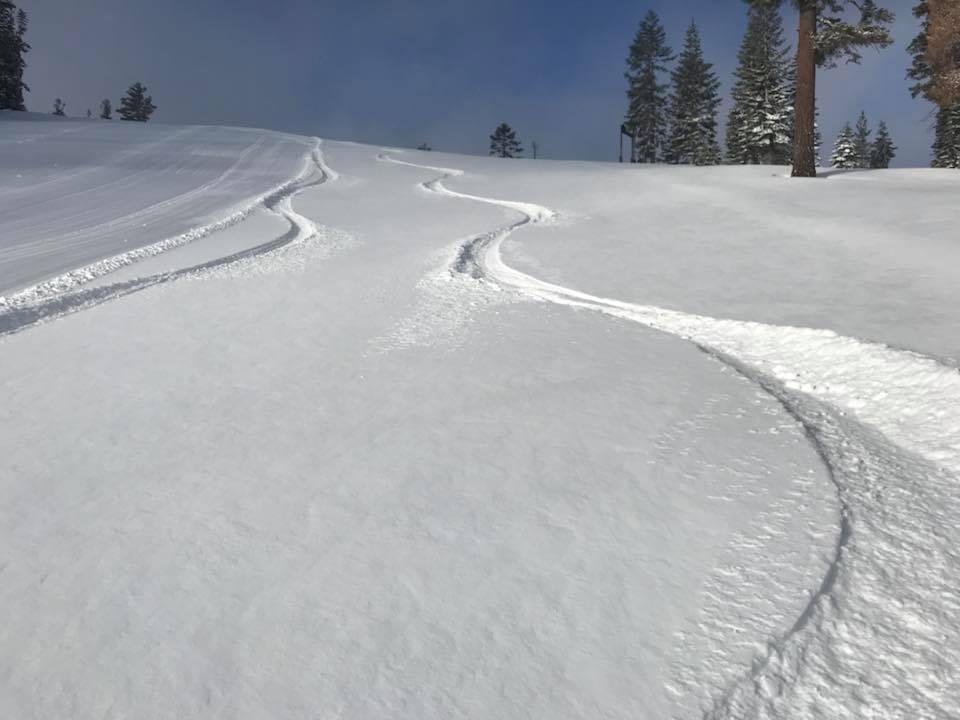
With the 2017-18 ski season in the northern hemisphere now largely behind us, we thought it was a good time to take stock on snowfall through last season.
That’s not to say the snow has stopped falling – some 30cm (12 inch) accumulations are forecast this weekend at a few of the dozen or so ski areas that are still open for snowsports including Cervinia, (the only area still open in Italy) and Snowbird in Utah, which is enjoying its final weekend of the season.
Europe
After three fairly warm and dry winters for much of Europe and an exceptionally hot summer 2017 which had led several summer ski areas to cease operating as all snow covering the glacial ice melted away, there were lots of nerves about snowfall for 17-18.
These proved to be unfounded and the issue for skiers, particularly in the western Alps, became one of too much snow, and the logistical problems, along with the avalanche danger that caused.
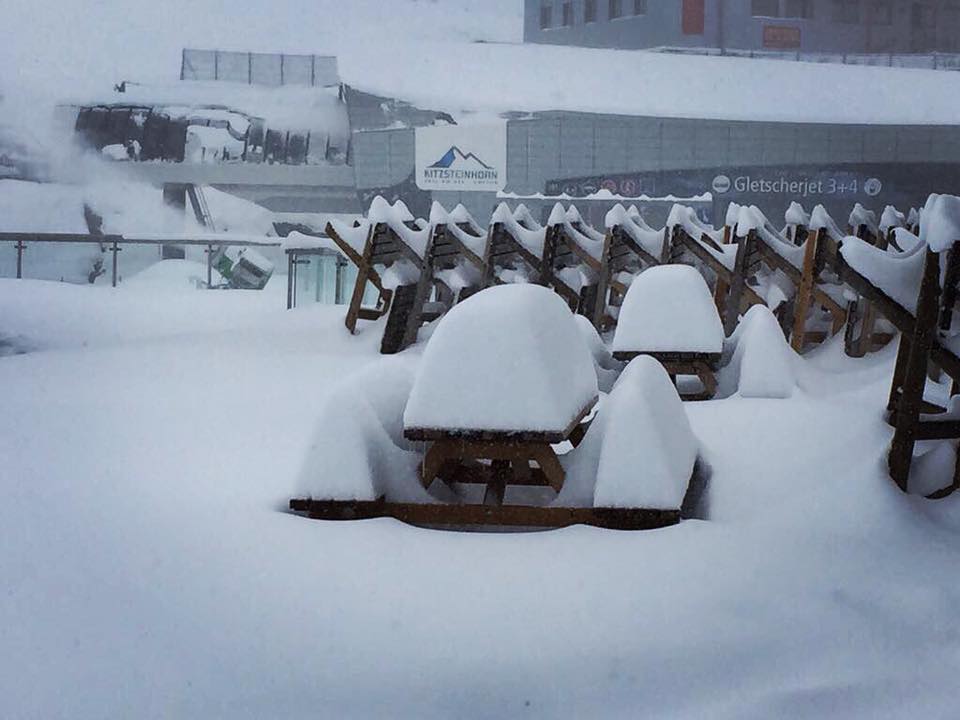
(Above, Austria’s Kitzsteinhorn glacier on 21st September last year)
In fact, the snow started falling above 3000 metres as early as late summer last year and many glacier areas that had been worried about their snow cover in August were opening in the first few weeks of September after more than 60cm of snow fell up high.
But it was January that saw the huge snowfalls which unfortunately led many resorts to have to close their slopes temporarily due to those logistical problems and the high avalanche danger. Snow reporters noted this was the biggest snowfall for 10, 20 then 30 years. Eventually Zermatt, which was forced to close overland access on multiple occasions due to extreme avalanche danger to road and rail routes, saying it was the most snow they’d had since the 1940s.
This was Val Thorens…
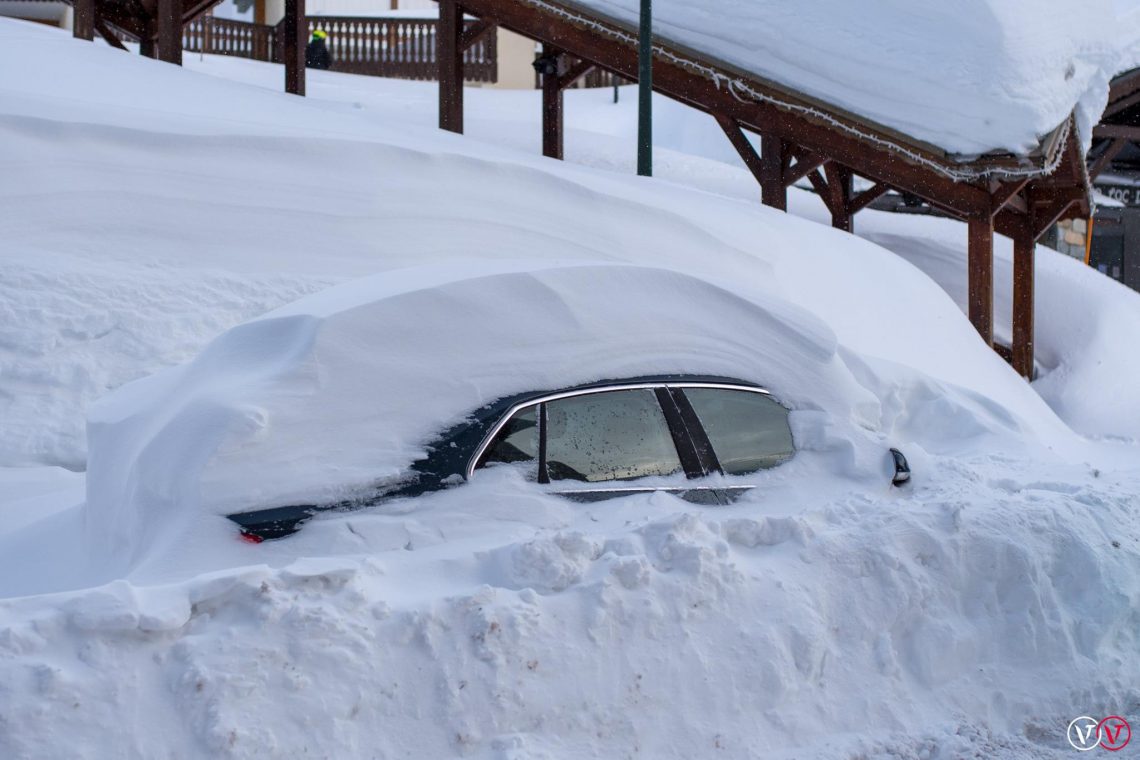
The snow led to some remarkable snow totals with Engelberg in Switzerland posting the deepest base in the world for most of the year passing the 7-metre mark on its Titlis glacier in March.
Resorts in France reached bases of 5 metres too, again numbers not seen for many years.
But the avalanche danger remained a constant worry with Switzerland assuming a very rare level 5 (of 5) danger warning and the French Savoie Region adding ‘Extreme’ to the level 5 danger. Skiers in resorts like Chamonix, Val d’Isere and Val Thorens who had had long transfers to and from the resort were asked to stay in their accommodation for days on end rather than risk going outdoors, let alone go skiing.
Val d’Isere (below), which has announced it will re-open some of its winter slopes for summer skiing for the first time ever in its 82 year skiing history, from June 3rd, due to all the snow, recently announced it had had a total of 889cm of snowfall, more than half-as-much-again as its 5 year average 5.5 metres. It reported this had meant 65 powder days in the ski season.
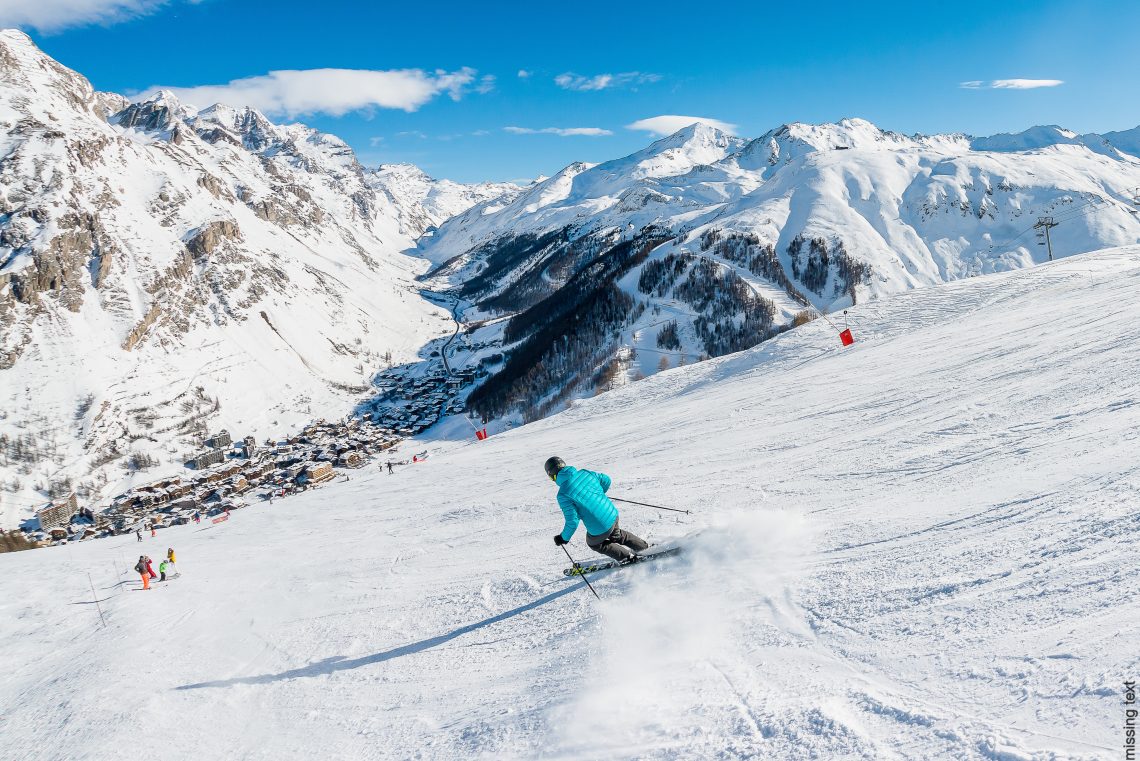
But away from the marketing talk from resorts, the news wasn’t 100% good. The Swiss Weather Institute noted that although snow up high was the best in years, below 1000m in altitude it was half the norm last season.
Areas that did exceptionally well for snowfall, and unusually so, include Portugal, where the single ski area at Serra de Estrela (below) was cut off by huge snowfalls on multiple occasions and, after the lifts were dug out, was still operating in May thanks to the volume of snow that had fallen.
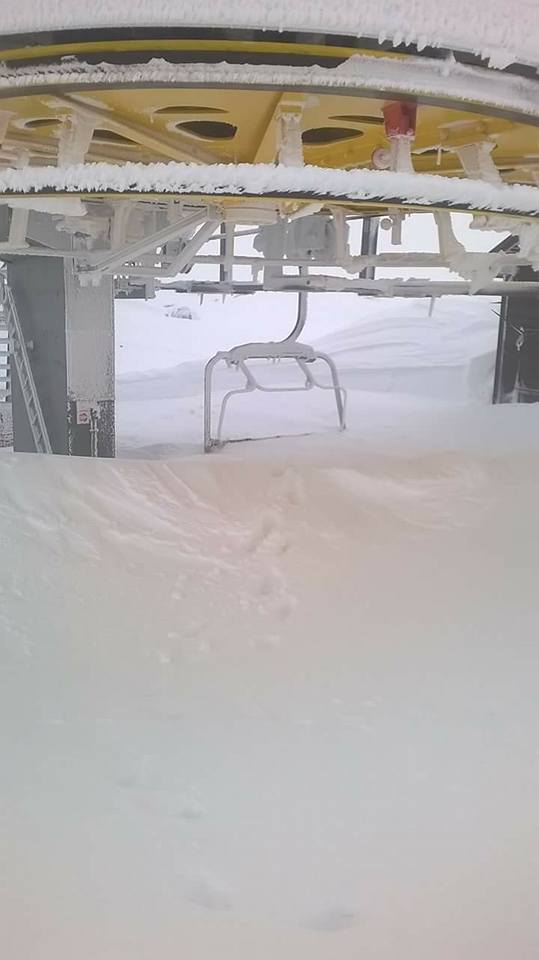
Scotland did not have huge snowfalls but unusually it did receive consistent cold temperatures and few stormy days meaning that most of its five highland centres were open almost every day throughout the winter which doesn’t happen that often. Glencoe was one of the last few non-glacier resorts to close for the season, on May 7th.
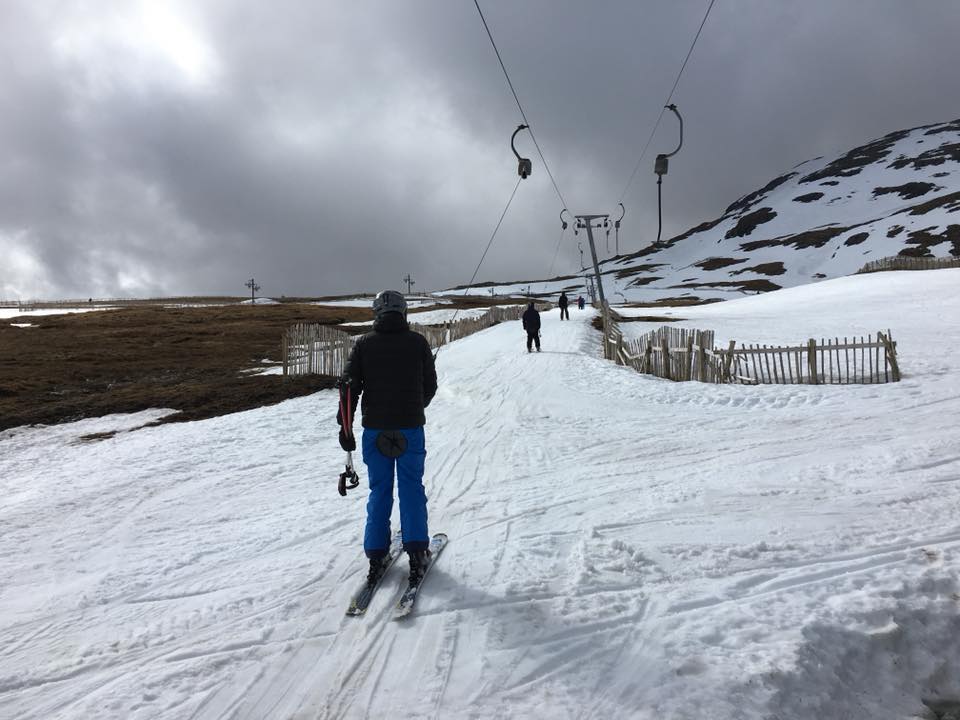
The 2017/18 season was especially good in Europe; not because it was unusually cold but mostly because moist westerly winds prevailed with regular heavy snowfalls.
This snow supply was driven by very warm sea temperatures in the North Atlantic and Baltic through Autumn and early winter. Warmer water makes for more evaporation and more cloud and resulting snowfall.
North America
It was a mixed picture across the USA with some of the main ski states in the continent’s Southwest suffering one of their warmest and driest winters in decades, whilst other areas reported normal, or even above average snowfall.
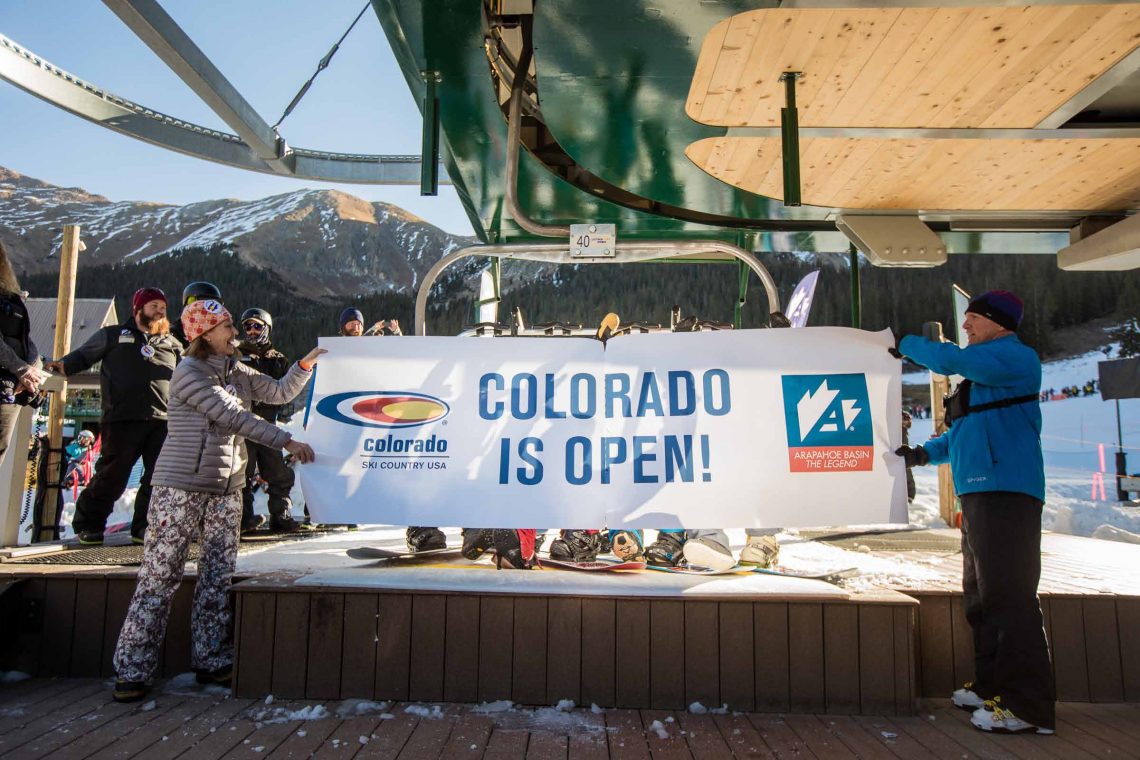
Although Arapahoe Basin in Colorado managed to be the first in the famous ski state to open for 17-18 back in October last year …and is still open now with a June 3rd closing date at present …most of Colorado’s ski areas suffered from little or no snow for almost three months through the key winter dates. Utah to the north had similar problems, as did much of California and bordering ski states
Things belatedly took a big upturn just as time was running out on the ski season in early March when it started dumping down, meaning many ski areas got as much snow that month as in the previous three. The snow continued into April as ski areas closed, with Winter Park extending their season in to May to take advantage of the late-arriving snow.
Further north and into Canada things were much better and even above average. Mt Baker in Washington state (pictured below in March) which holds the record for the most snow recorded at any ski area on earth in one season, and is also normally the snowiest place on earth each season, posted its third snowiest winter this century.
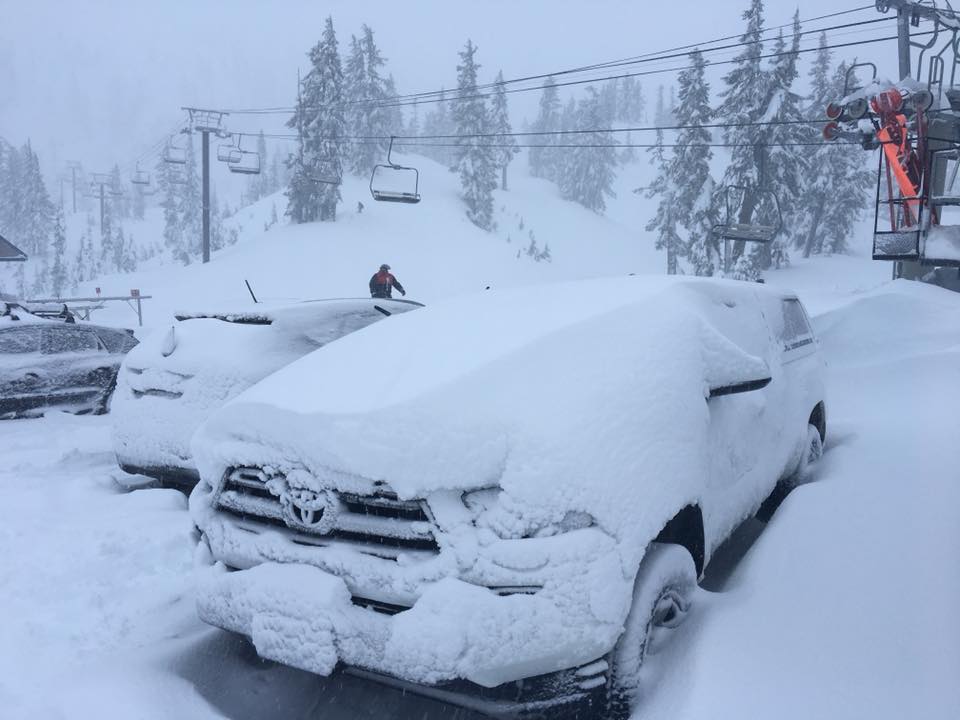
On the Eastern side of the continent, the snowfall was, on the whole, average or above average snowfall. Again there was a big upturn in snowfall in April, with many areas reporting more snow and colder days then than in April. As a result, about 10 areas stayed open for the first day, and in some cases the first weekend of May. For some, like Whiteface, it was for the first time ever.
Finally, the Midwest saw some big snowfalls at the beginning and the end of the season. Indeed the three feet (90cm) of snow that fell in mid-April was the biggest snowfall ever recorded that later in the season. Again it lead to ski areas in the region extending their seasons, in some cases resorts that had closed in March re-opened.
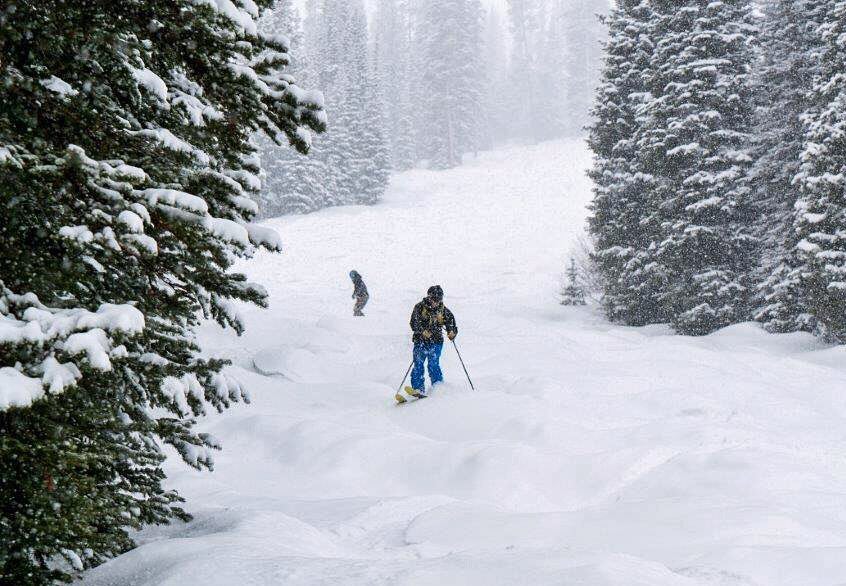
Next winter? La Nina is turning neutral and is forecast to stay neutral for next season.
La Nina and El Nino are the major drivers of the N American ski season. For example, when Vancouver held the Olympics in 2010, it was warm. That’s because a strong El Niño was running then. In theory, Whistler would have had a far better season in the La Nina season just gone.
Asia
Again a mixed picture in Asia, depending on where you wanted to ski.
Iran, for example, had lower than average snowfall most of the season but was dumped on with huge April falls, causing some resorts like Dizin to cease operations early due to the logistical problems involved in clearing access and lifts.
In Japan, there were huge snowfalls in November (Niseko pictured pre-opening below) and December meaning a great start to the season in Niseko but by March it was unseasonably warm and raining.
